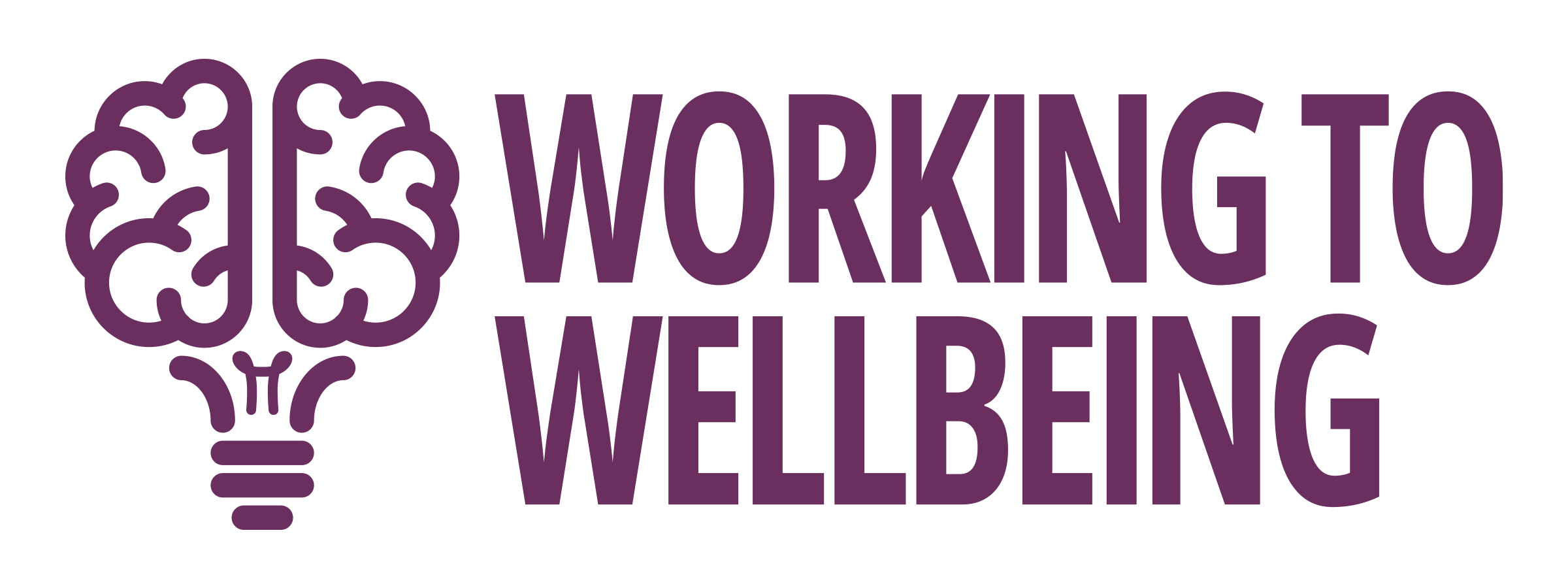INFLUENCING CHANGE TO ENHANCE YOUR WORKPLACE CULTURE BY JULIE DENNING
I recently attended the IOSH National Safety and Health Conference keen to understand more about the relationship between workplace culture and wellbeing.
The opening presentation was from Stephan Bevan (Head, HR Research Development at Institute of Employment Studies) He spoke of how a recent report commissioned by the Engineering Employer’s Federation found that wellbeing is essential for productivity. However, employers are still more comfortable managing physical health than emotional wellbeing.
To help us to explore the benefits of a wellbeing agenda, Bevan asked us to reflect on the question: “To what business problems might a healthy workforce be a solution?” Problems raised included: staff availability (both from an absenteeism and presenteeism perspectives), quality and continuity of service, innovation creativity and agility, fewer accidents, reduced displacement costs, and productivity and engagement. These are significant organisational problems that if not prepared for or managed properly will impact the bottom line of any organisation.
Bevan admitted that the wellbeing research is limited and that we need to be sceptical about the available data, but one critical defining feature of improving wellbeing is for senior leaders, particularly CEO’s being prepared to disclose their mental health difficulties or if not, those of their loved ones. This normalising effect and role modelling is a powerful tool to break down stigma and enable conversation and support.
He also argued for early referral into support and a focus on what people can ‘still do’ rather than ‘can’t do’ to enable supported return to work and workplace adjustments.
Ultimately, we need to promote sound management. That starts with keeping employees informed as to what is going on in the organisation as well as giving people a say and enabling a shared commitment all help to develop a supportive workplace culture, positive wellbeing and increased productivity. Support this with an understanding of organisational data relating to sickness absence and presenteeism and related business problems will help lay strong foundations.
There were exciting synergies between Bevan’s talk and that of Dr Jutta Mortlock (Senior Lecturer at City University). Mortlock spoke about mindfulness, focusing mainly on the perspective that a more mindful employee is more aware of their surroundings. Very useful in high-risk environments, e.g. oil rigs, where noticing (or not) a gas leak can have significant risk and safety implications. Bevan spoke of mental health, and increased subjective wellbeing relating to improved concentration, which he argues are of benefit in jobs involving risk.
Mortlock referred to talking about emotions as ‘the last frontier’ and the necessity of shifting focus from ‘doing’ towards ‘being’ thereby spotting problems before disaster strikes. Mortlock suggested that ‘slowing things down (i.e. taking time for a moment of mindfulness) will speed up your organisation’.
Peter Kelly (Senior Psychologist and Health & Safety Executive) echoed Mortlock when he described a manufacturing plant case study. He described how improving a manufacturer’s production line to make it more psychologically friendly would have resulted in a 5% productivity decline but would have improved the 22% sickness absence rate thereby overall making a 17% improvement. A convincing argument to our audience, but harder to persuade the manufacturer.
Kelly put forward the idea that we need to design systems around the person, not the product, and talked about the interaction between the individual and their employer. It is all well and good to enable resilience and improve the wellbeing of the individual, but what of the working environment, or as Bevan referred to it, the ‘Psychosocial risks’? How are employers improving their working environments to be more psychologically, as well as physically, supportive thus enhancing staff wellbeing? Kelly suggested that if you get the psychological factors wrong in the working environment, then you will get resulting physical outcomes. For example, when under pressure, humans are more likely to make shortcuts in their working practices and therefore more likely to put their body under strain or have an accident. The main point here is that regardless of how much we make our workforce resilient it will not be effective if we do not reduce the psychological risk associated with the working environment. Furthermore, psychological risk will be even more apparent to employees who have been trained in resilience and mindfulness as they become more aware of the risks
Kelly helpfully reminded the audience of the original factors of the HSE stress toolkit, including; demands, control, support, relationships, role and change. A revisiting of these variables would seem timely in this era of both individuals’ and organisations moving together to improve wellbeing and business productivity. Kelly summarised this beautifully.
‘Look after your people, and they will look after you’.
For more information see the Engineering Employer’s Federation’s report

